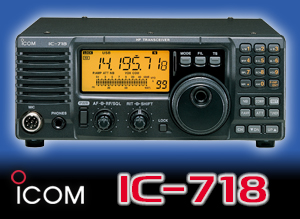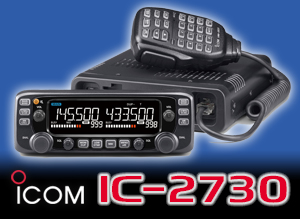Propagation News – 20 July 2025
Space weather has been a bit like our terrestrial weather this week. We have had sunspots, some C-class solar flares, some coronal mass ejections and a large coronal hole – unsettled, you could say!
Luckily, the coronal mass ejections were not Earth-directed, but the Kp index did rise to 5 on the 15 July and again late on the 16 July. The large coronal hole, which may have been responsible, is well south on the Sun’s surface and should rotate out of Earth’s view by the beginning of the coming week.
Meanwhile, the Sun appears to have woken up, spot-wise, with 11 groups on the 17 July, four of which are classed as growing, while two are stable and three are declining. Two groups are unclassified at this time.
This resulted in an increase in the solar flux index to 152 on Thursday 17 July.
Overall, this means quite reasonable HF conditions considering the time of year. Recent DX spotted includes the JW0V DXpedition to Svalbard on both SSB and FT8, and C93RRC in Mozambique on 17m CW, plus 30, 20 and 10m FT8.
Conditions have been up and down, with daytime maximum useable frequencies, or MUFs, over a 3,000km path reaching 28MHz at times, but then quickly declining to 18 or 19MHz ten minutes later. All we can advise is to keep listening!
Night-time MUFs over a 3,000km path have generally been exceeding 10MHz, and occasionally reaching 14MHz.
We may start to see night-time 14MHz openings tailing off as we head into late July.
Next week, NOAA is a little pessimistic with a predicted solar flux index in the range of 118 to 130. Unsettled geomagnetic conditions, with a possible Kp of 4, are forecast for Tuesday 22 July.
VHF and up
The unsettled weather over this weekend will continue through the first part of the coming week. Some of the rain will be heavy and possibly thundery, so there is a good chance of rain scatter on the GHz bands.
After mid-week, the pattern may change enough for a weak ridge of high pressure to build close to the UK and this may offer some Tropo opportunities. It may not be strong enough for it to persist through the warmth of a July day. Thus most places will have better Tropo prospects overnight.
The solar conditions have recently fired off a steady stream of aurora alerts and we should probably expect similar in the coming week.
Meteor scatter is often on peoples’ minds during late summer since we have two showers towards the end of this month and of course next month’s Perseids. This month both the Delta Aquariids and the Alpha Capricornids peak around the 30 July but we are already in the broad spread of dates for activity.
Sporadic-E is still happening on most days somewhere within Europe, but even UK stations can expect regular FT8 activity and a fair chance of CW or SSB paths for stronger events.
Last Wednesday saw another early afternoon opening into the USA. These stronger events need a low Kp index, below 3, and some jet stream activity to generate turbulence that can spread upwards to the E region.
In the coming week we will certainly have some jet stream activity, so it should be worth monitoring your favourite beacons for activity. In fact, it’s always helpful to have a list of favourite beacons at the ready to cover a range of directions. For example, one in Finland, Poland, Hungary, Italy and Spain should cover it.
Moon declination is positive again, reaching maximum on Tuesday 22 July with associated long Moon windows and high peak elevation. Path losses continue to fall until perigee today, Sunday 20 July. 144MHz sky noise is moderate, but Thursday 24 July sees the Moon and Sun close in the sky until early the following day.
Category: GB2RS Propagation News











